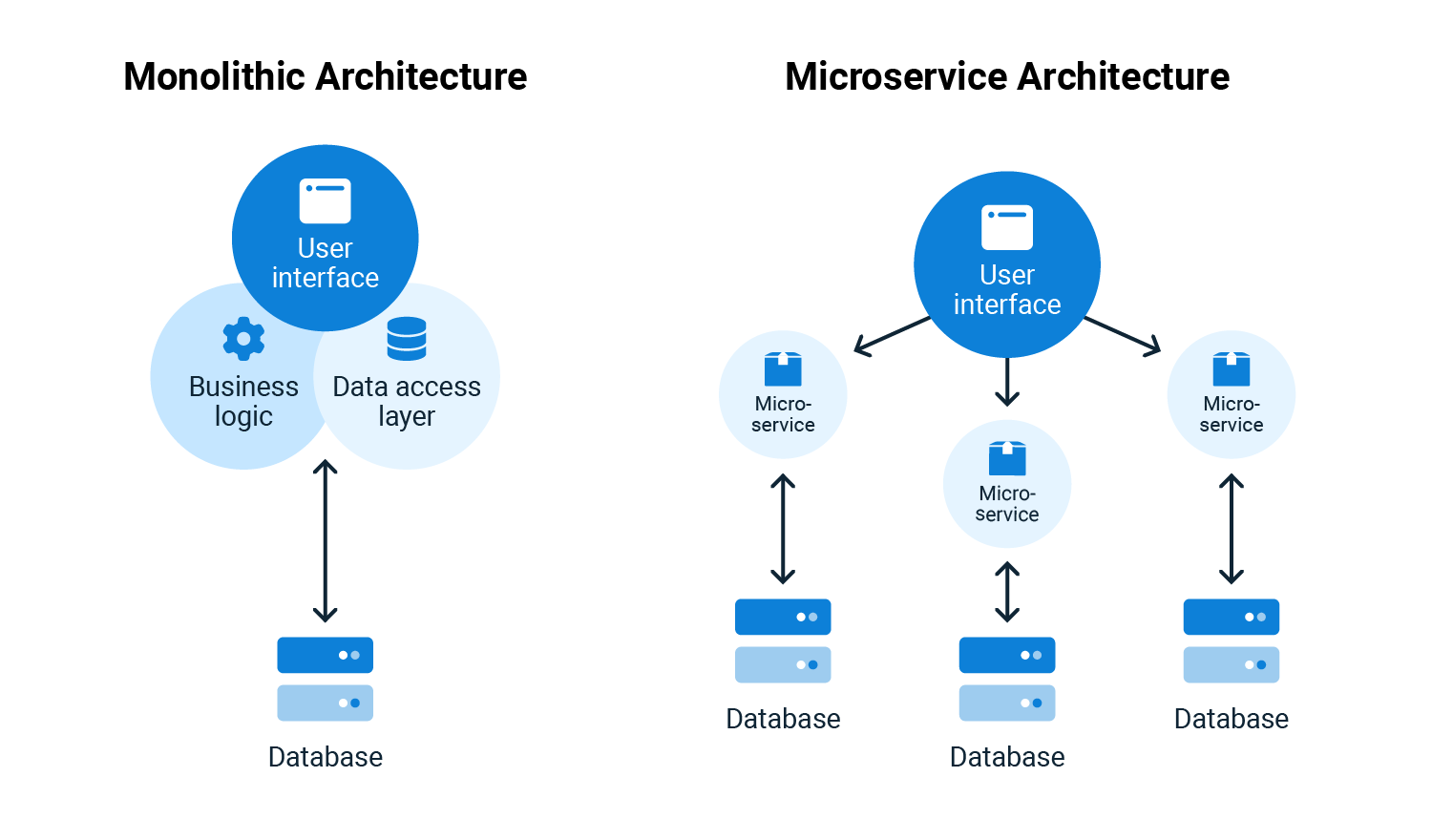Mastering the Art of Scalable Software Design: A Comprehensive Guide
Have you ever been part of a software project that started smoothly, but then began to creak under the pressure as it scaled? If so, you are not alone. Designing scalable software is a challenge that many developers face. In this post, we’ll dive deep into this topic, exploring the principles, patterns, and best practices that will help you create software architectures that grow seamlessly with your business.
The Cornerstone: Understanding Scalability
In simple terms, scalability refers to the ability of a system to handle increased load without compromising performance or reliability. However, achieving this is easier said than done. It requires a solid understanding of key principles such as modularity, concurrency, and distribution. In my own experience, I've found that a system designed with these principles in mind is much more likely to scale effectively.
Patterns for Success: Common Scalability Patterns
Over the years, several scalability patterns have emerged that can guide us in designing scalable systems. These include horizontal scaling (adding more machines), vertical scaling (upgrading the capacity of an existing machine), and functional decomposition (breaking down a system into smaller, independent services). For example, I once worked on an e-commerce platform that initially ran on a single server. As our user base grew, we adopted the horizontal scaling strategy, adding more servers to distribute the load. This significantly improved our system's scalability.
Best Practices: Building for Scalability
While understanding the principles and patterns is important, it's equally crucial to know how to apply them to build scalable software. Here are some best practices that I've found invaluable:
- Design for modularity: This makes it easier to scale individual components as needed.
- Think about data: Data can be a major bottleneck for scalability. Consider strategies like sharding or caching to handle large volumes of data.
- Embrace automation: Automated testing, deployment, and monitoring can help you identify and address scalability issues more quickly.
Remember, building scalable software is more of an art than a science. It requires foresight, flexibility, and a willingness to continually learn and adapt. But with these principles, patterns, and best practices in your toolkit, you'll be well prepared to rise to the challenge.
Conclusion: Scale with Confidence
In conclusion, designing scalable software is a vital skill for today's software developers. It's about understanding and applying key principles, leveraging proven patterns, and adhering to best practices. It's a complex, challenging task, but also a rewarding one. With scalable software, your system can grow alongside your business, enabling you to meet your customers' needs effectively and efficiently, no matter how large you become.
